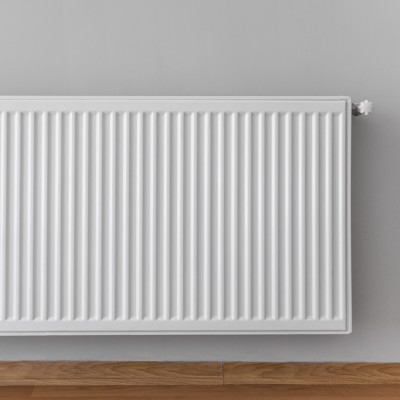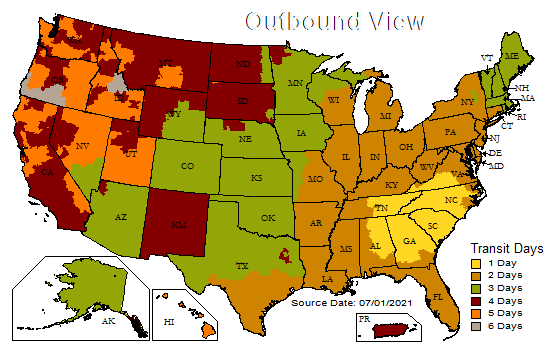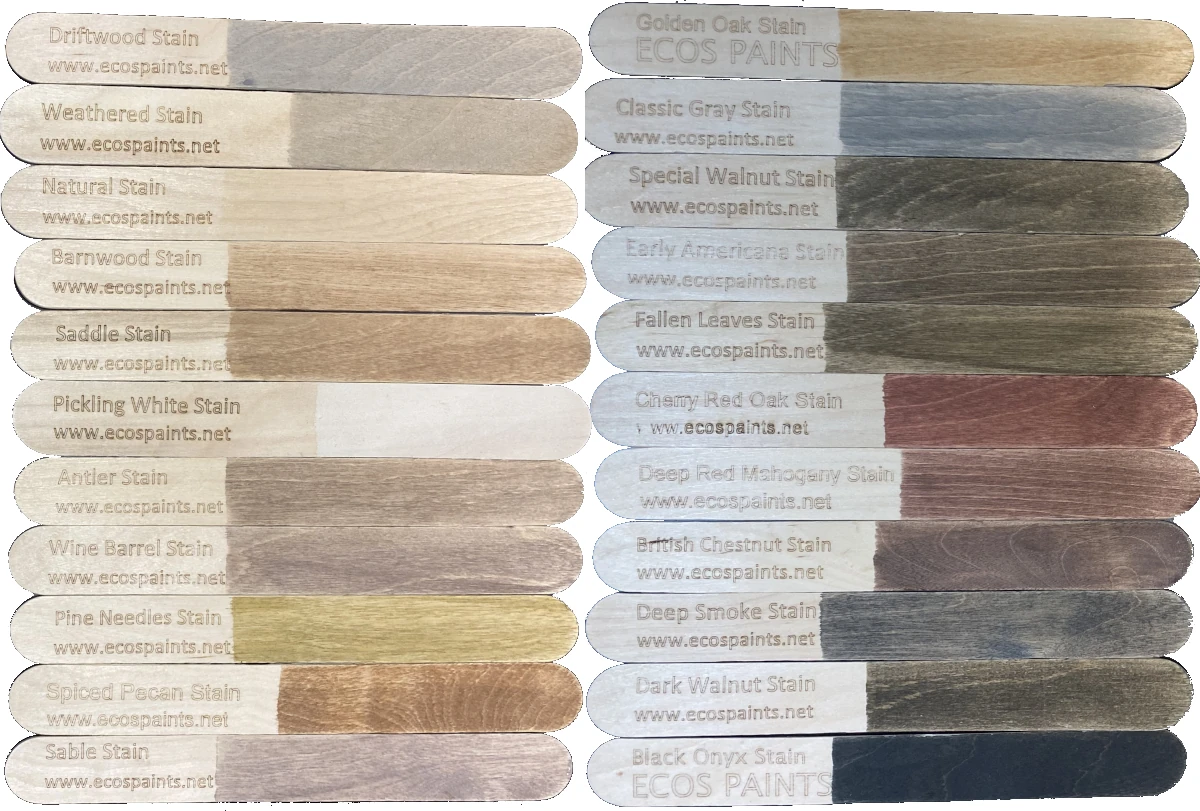What Are VOCs, And How Do They Affect Your Health?

Studies have shown that levels of several VOCs average two to five times higher indoors than outdoors, and when inhaled they can contribute to several health problems. That's why many people have been opting for environmentally friendly spray paints and varnishes for their home painting needs. But before you determine which type of paint is right for you, it's important to have an understanding of VOCs and how they can affect your health. Here's a quick guide to understanding the health effects from VOCs.
What Are VOCs? VOCs (volatile organic compounds) are substances that get emitted as invisible gases from certain solids or liquids, like many paints, stains, and varnishes. These VOCs generally include a wide variety of chemicals, and according to the Environmental Protection Agency, these chemicals can have both short and long term health effects. Studies have shown that levels of several organics average two to five times higher indoors than outdoors, and when inhaled they can contribute to several health problems.
Which Products Have VOCs? Unfortunately, there are thousands of products available today that contain some level of VOCs. The most common are household products, such as paints, aerosol sprays, pesticides, cleaners and disinfectants, stored fuels and automotive products, dry-cleaned clothing, wood preservatives, and more. In addition, certain building materials and office equipment like copiers and printers can give off VOCs as well. Even some materials used to create graphics, such as adhesives, permanent markers, and photographic solutions can emit VOCs.
Health Effects From VOCs The noted health effects of VOCs come in many different forms, so it can be understandably difficult to determine whether a health problem's cause can be attributed to their existence. First, according to a report by CBC Marketplace, VOC levels over 500 ppb could cause problems for people with chemical sensitivities. Some other common health effects typically associated with VOCs include allergic skin reactions, nose and throat discomfort, headaches, dyspnea (labored breathing), nausea, emesis (vomiting), epistaxis (nosebleeds), fatigue, and dizziness. Keep in mind that the length and severity of these symptoms is highly dependent on the type and levels of VOCs that you're being exposed to.
Ultimately, understanding these health effects of VOCs is the key to making the right choices for eco-friendly paints and household products. Fortunately, there are plenty of low VOC options for all types of paints, polyurethane clear coats, primers, varnishes, and more. For more information about polyurethane clear coats with low VOCs, contact Ecos Paints.


























